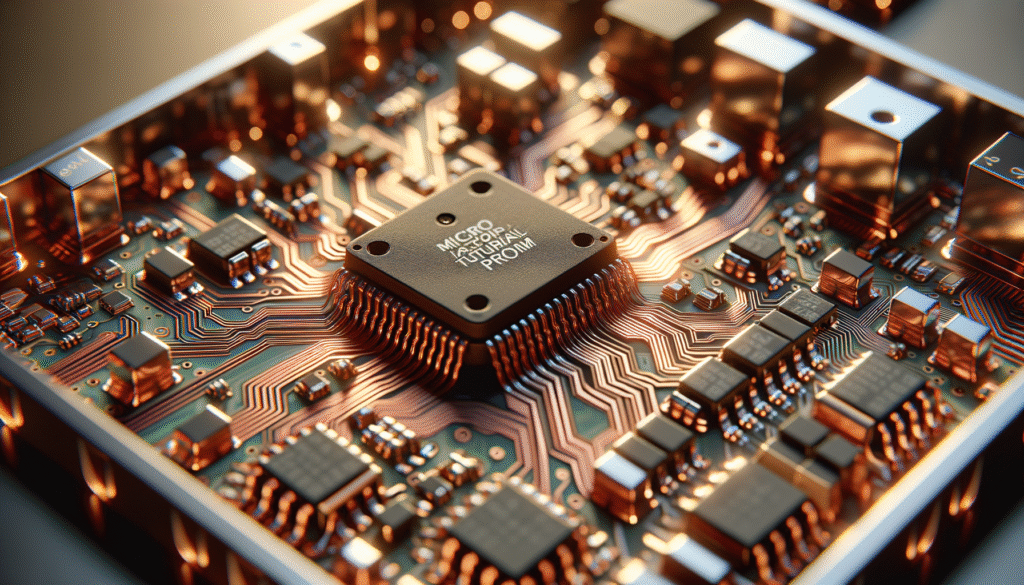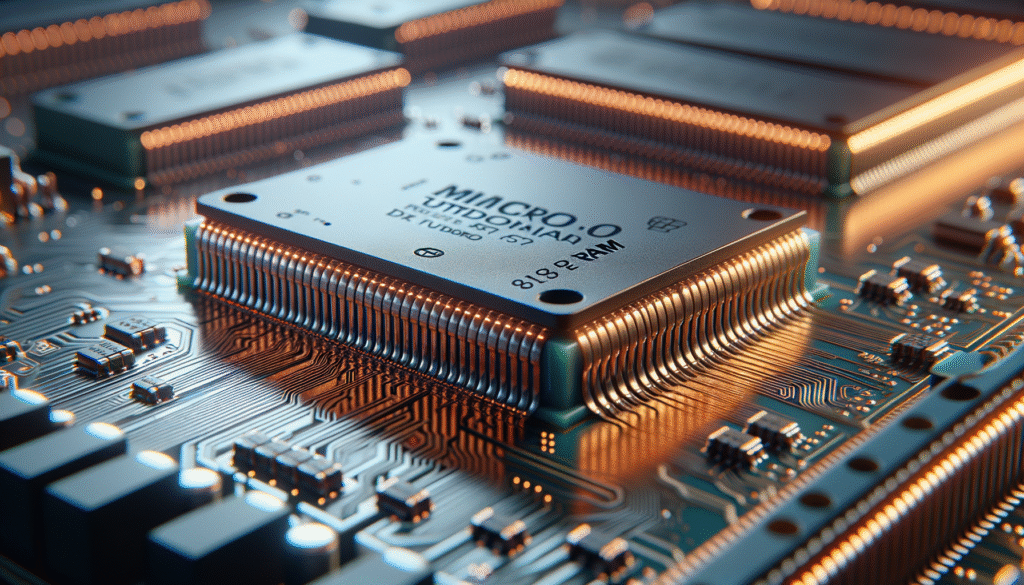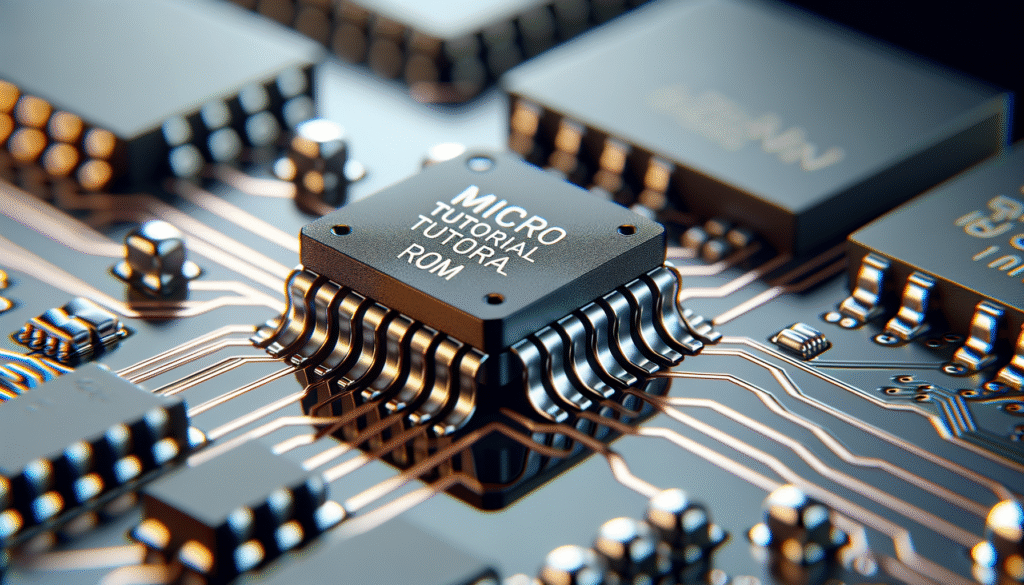Micro Tutorial: PROM
Practical Introduction
Have you ever wondered how electronic devices store information? I remember the first time I programmed a PROM in an electronics lab. The thrill of seeing how a simple chip could store data for a specific circuit was fascinating.
What it is Used For and How it Works
PROM, or Programmable Read-Only Memory, is a type of non-volatile memory primarily used for storing permanent data, such as device firmware, hardware configurations, or even small programs. Unlike RAM, which loses its content when power is turned off, PROM retains its information even without power. This makes it an ideal choice for applications where data integrity is essential.
The programming process of a PROM occurs only once by applying electrical current to its internal fuses. This process physically burns the fuses, configuring the chip to hold the desired information. Once programmed, it cannot be modified, distinguishing it from EEPROMs or flash memory, which can be rewritten multiple times.
PROMs are particularly useful in embedded systems where the code doesn’t need frequent updates. For instance, microcontrollers in household appliances or toys often use PROM to store operational instructions. This allows the device to function efficiently while reducing production costs, as it can be manufactured in large quantities without the need for reprogramming.
Key Parameters
| Parameter | Typical Value |
|---|---|
| Capacity | 512 B – 1 MB |
| Access Time | 100 ns – 1 ms |
| Write Cycles | 1 (one time only) |
| Operating Voltage | 5V – 12V |
| Operating Temperature | -40°C to 85°C |
Specific Use Case
An interesting use case for PROM is in the development of control systems in the automotive industry. Imagine an engine control module that must operate precisely and cannot afford mistakes. Here, PROM plays a crucial role.
When a car manufacturer develops a new engine, it requires a specific set of instructions to optimize performance and efficiency. These instructions are programmed into a PROM chip before the vehicle leaves the production line. Once the chip is in place, the engine control module can quickly and reliably access these instructions, with no risk of data loss.
This use of PROM ensures that the engine operates exactly as designed, resulting in better fuel economy and lower emissions. Additionally, being non-volatile, the chip retains its data even under extreme conditions, which is essential for reliable operation in the challenging environment of a vehicle. Thus, PROM is not only a cost-effective solution but also essential for safety and efficiency in the automotive industry.
Common Mistakes and How to Avoid Them
- Not checking compatibility: Ensure that the PROM is compatible with the circuit you are implementing it in.
- Overvoltage: Always check the operating voltage to avoid damaging the chip.
- Forgetting programming: Remember that PROM can only be programmed once, so make sure you have the correct code before writing.
- Poor handling: Handle the chip carefully, as they can be sensitive to electrostatic discharge.
- Neglecting access time: Ensure that the PROM’s access time is suitable for your specific application.
Conclusion + Call to Action
PROM is a valuable tool in the electronics world, especially when stable and reliable memory is needed. From applications in home appliances to automobiles, its ability to store data permanently makes it indispensable. If you are working on a project that requires non-volatile memory, consider PROM as a viable option. Don’t forget to assess your specific needs and choose the right PROM for your application. For more information and helpful resources about electronics, visit our website.
More information at electronicsengineering.blog
Quick Quiz
Question 1: What does PROM stand for?
Question 2: How many times can a PROM be programmed?
Question 3: What type of memory is PROM classified as?
Question 4: What is a typical capacity range for PROM?
External sources
- PROM Programmer Essentials for Microprocessor Development
- Process Mining with ProM – Online Course
- Using ProM lite



